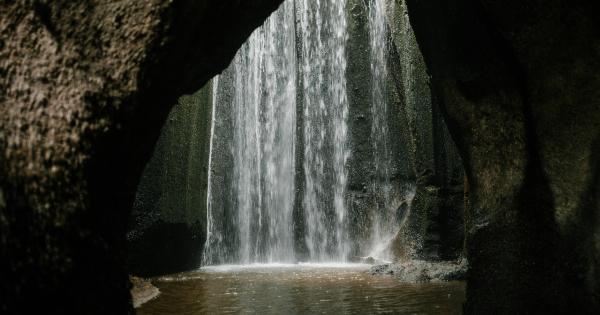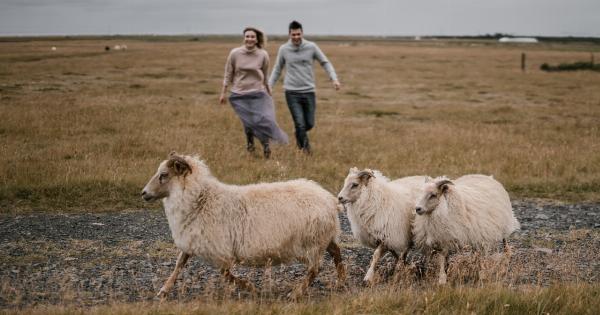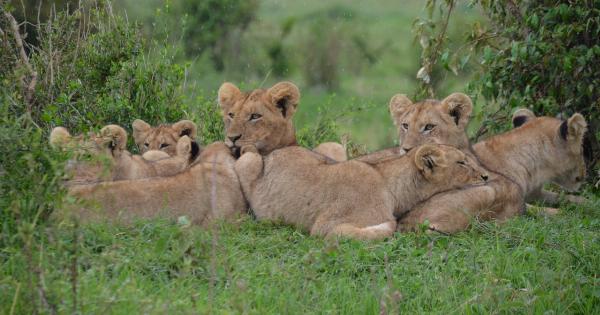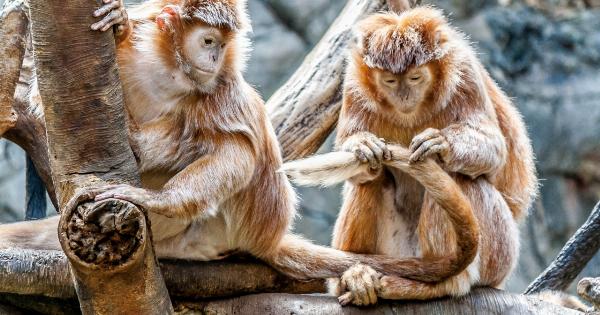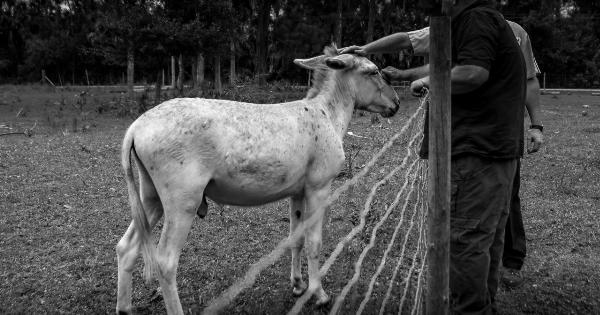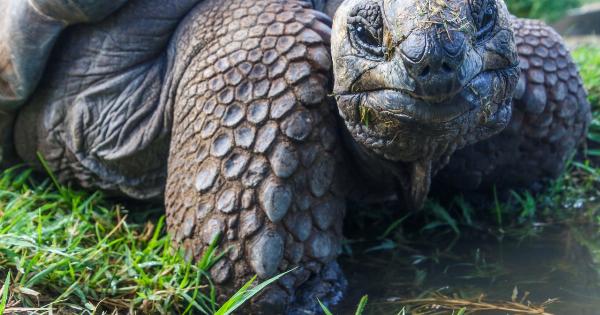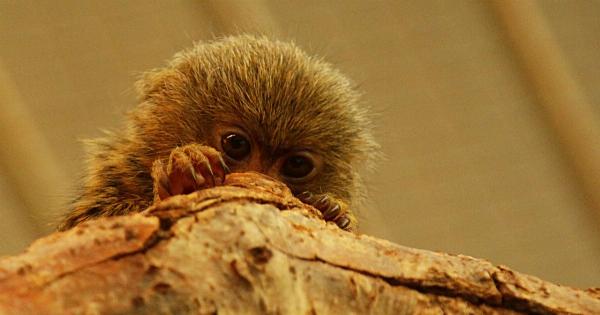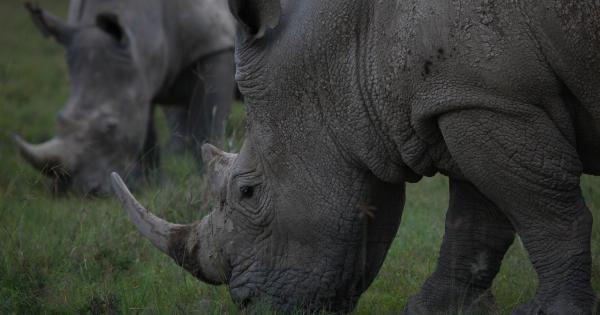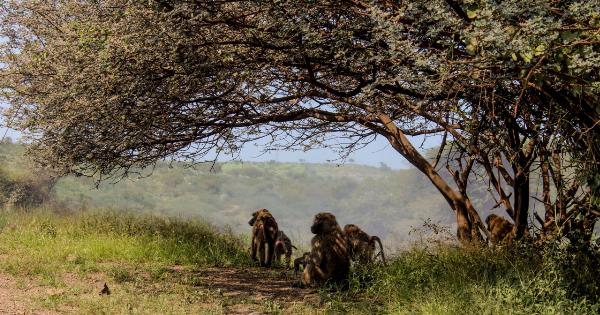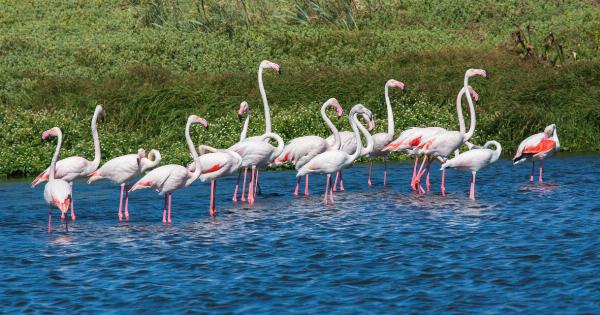Thailand’s “wild boars” are facing a significant threat to their population due to a deadly disease that has emerged in recent years.
This disease, commonly known as “cave disease,” poses a serious risk to the conservation efforts aimed at protecting these magnificent creatures. In this article, we will explore what exactly cave disease is, why wild boars are vulnerable to it, and the potential consequences for their population and the broader ecosystem.
What is cave disease?
Cave disease, scientifically referred to as White-Nose Syndrome (WNS), is a fungal infection that primarily affects hibernating bat populations. The disease was first documented in North America but has since spread to Europe and Asia.
It is caused by the fungus Pseudogymnoascus destructans, which grows on the skin and wings of bats. The fungus thrives in cold and humid environments, such as caves, and disrupts bats’ natural hibernation cycles.
Why are wild boars at risk of cave disease?
While cave disease primarily affects bats, wild boars are at risk due to their close proximity to infected habitats.
Wild boars are known to frequent caves and other underground dwellings, especially during the hot summer months when they seek shelter in cooler environments. This behavior puts them in direct contact with the spores of the Pseudogymnoascus destructans fungus. Although wild boars may not themselves contract the disease, they can act as carriers and spread the fungus to other areas.
Transmission and spread of cave disease
The transmission and spread of cave disease can occur through direct contact between infected and healthy wild boars, as well as through environmental contamination.
The fungus, once established in a cave, can persist on surfaces, such as walls and ceilings, for prolonged periods. Wild boars exploring these habitats can pick up fungal spores, carrying them on their fur, claws, and respiratory systems. They can then transfer these spores to other caves, infecting more individuals and further expanding the range of the disease.
Potential consequences for wild boar population
The emergence and spread of cave disease among wild boars can have several detrimental effects on their population.
Firstly, infected individuals may experience weakened immune systems, making them more susceptible to other diseases and reducing their overall survival rates. Additionally, the disease can disrupt breeding patterns and lead to reproductive failures, further decreasing population numbers.
The loss of individuals can reduce genetic diversity within the population, making it more vulnerable to future threats and environmental changes.
Environmental impacts
Aside from the direct impacts on wild boar populations, cave disease can have cascading effects on the broader ecosystem.
In regions where wild boars play a vital ecological role as seed dispersers and soil aerators, their declining populations can disrupt natural processes such as forest regeneration and nutrient cycling. This can have negative implications for plant communities, other wildlife species, and overall ecosystem health.
The disappearance of wild boars from certain habitats can also lead to unchecked growth of vegetation and increased competition among other species for available resources.
Conservation efforts and mitigating the risk
The threat of cave disease has prompted urgent conservation initiatives by local and international organizations to protect Thailand’s wild boars.
These efforts include rigorous monitoring of wild boar populations, mapping of infected areas, and restricting human access to vulnerable habitats to minimize the spread of the disease. Research is being conducted to develop treatments and immunization strategies to protect against cave disease, both in bats and potentially in wild boars as well.
Effective quarantine measures are also being implemented to prevent the unintentional introduction of the fungus to uninfected areas. Public awareness campaigns are crucial in educating local communities about the risks associated with cave disease and promoting responsible behavior around wild boar habitats.
The importance of conserving wild boars
Preserving Thailand’s wild boars is vital for the overall health of ecosystems and biodiversity. Wild boars are keystone species that play significant roles in maintaining ecological balance.
They have a diverse diet, which includes seeds, fruits, tubers, and small animals, making them important seed dispersers and contributing to forest regeneration. Their soil digging activities enhance nutrient cycling and promote the growth of diverse plant communities. Additionally, wild boar populations provide an important food source for predators, keeping the predator-prey dynamics in check.
Conserving wild boars helps safeguard the overall ecological integrity and resilience of Thailand’s natural habitats.
Conclusion
Thailand’s wild boars face a perilous threat in the form of cave disease.
The emergence and spread of this fungal infection among wild boar populations not only jeopardizes their own survival but also has far-reaching consequences for the environment. Urgent conservation efforts and research are underway to mitigate the risks and protect these invaluable creatures.
Preserving wild boars is not only essential for their own sake but also for maintaining the delicate balance and functioning of Thailand’s diverse ecosystems.

